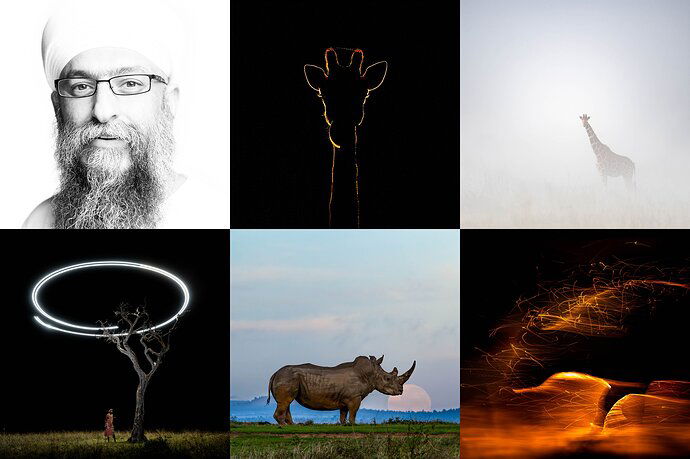If you’re not an NPN member yet, you can join our free tier to ask questions in the AMA or to get the full benefits of what we offer; you can join here.
Jambo, I’m a wildlife photographer based in Nairobi, Kenya.
I’ve always been interested in art as I grew up, 10 years ago I moved back to Kenya and with it I picked up the camera and filled up my spare time. It was never a plan to be where I am today, but you can say one thing led to another.
Having grown up in Kenya, I had already spent a lot of time in nature, but after moving to the UK, I realised that its something I surely want more in my life. Now I feel greatly connected with it, while waiting for the photographic moment to come, I study my subject and work on predicting what might come next, something that really helps the photography.
By nature I get bored quickly and that along with the love and motivation for nature forces me to keep exploring, what started with a telephoto lens soon evolved into wideangle, it didnt stop there, in my attempts to get more intimate, I initially explored with an upside down monopod, moved on to more technical self made camera boxes that I could place on the ground and trigger remotely.
I’ve always loved helicopters and flying, this love made me explore aerial photography, from my first trip its grown to leading aerial safaris guiding avid photographers in getting amazing shots and a heart full of adrenaline.
My photography always focuses on the artistic side, I needed to learn a part of the technical aspect to make sure I’m on top of the camera and settings (Most of it is learnt from mistakes), which allowed the creative side to embellish.
Looking forward to your thoughtful questions, thank you for spending your valuable time with me.
Website: https://gurcharanroopra.com/
AMA Rules:
- Please only ask one question by replying to this topic a single time, using the “Ask a question” button at the bottom. It’s also helpful to scroll to the bottom while reading the topic to make sure nobody else has asked the same question first before you ask.
- Please don’t ask more than one question so everyone gets a chance.
- Please do not reply to anyone else’s post. The only purpose of replies on this topic is to ask the author one question. Please create a new topic if you’d like to discuss a related topic in more detail.
Posts not following these rules may be removed by moderators to keep the Q&A flowing smoothly. Thank you!






